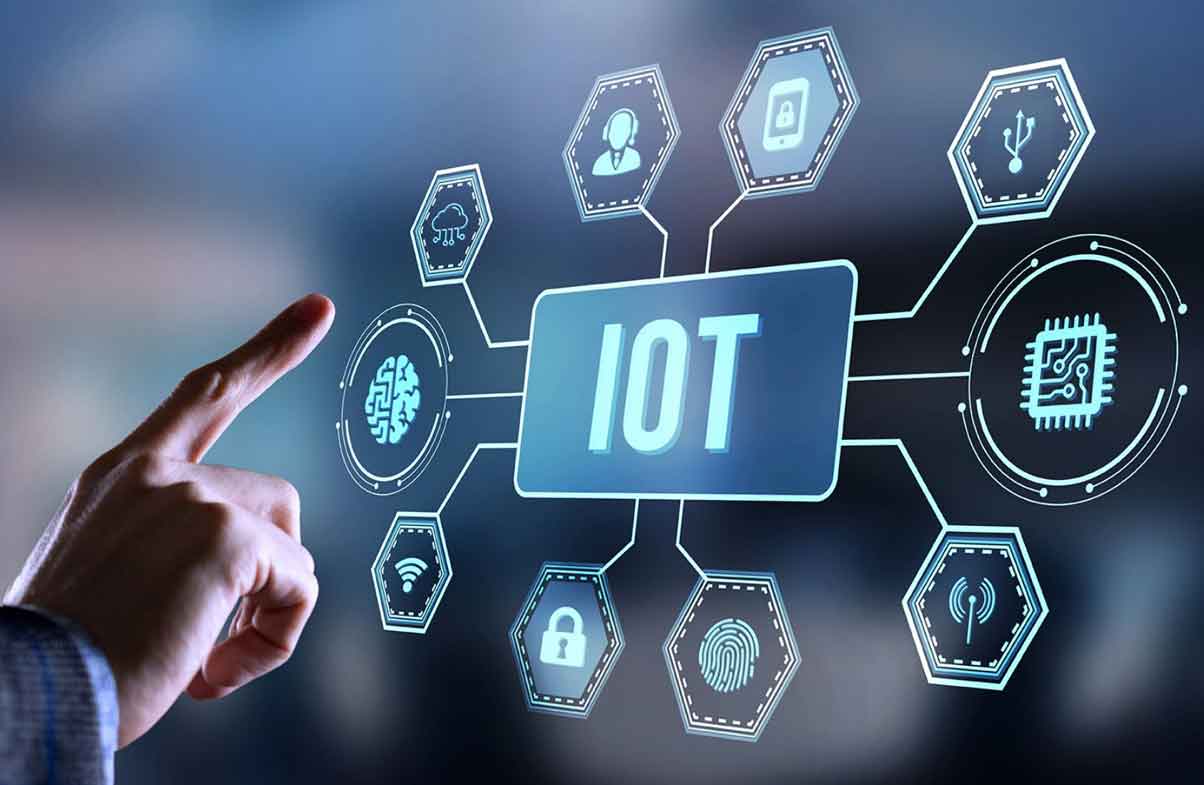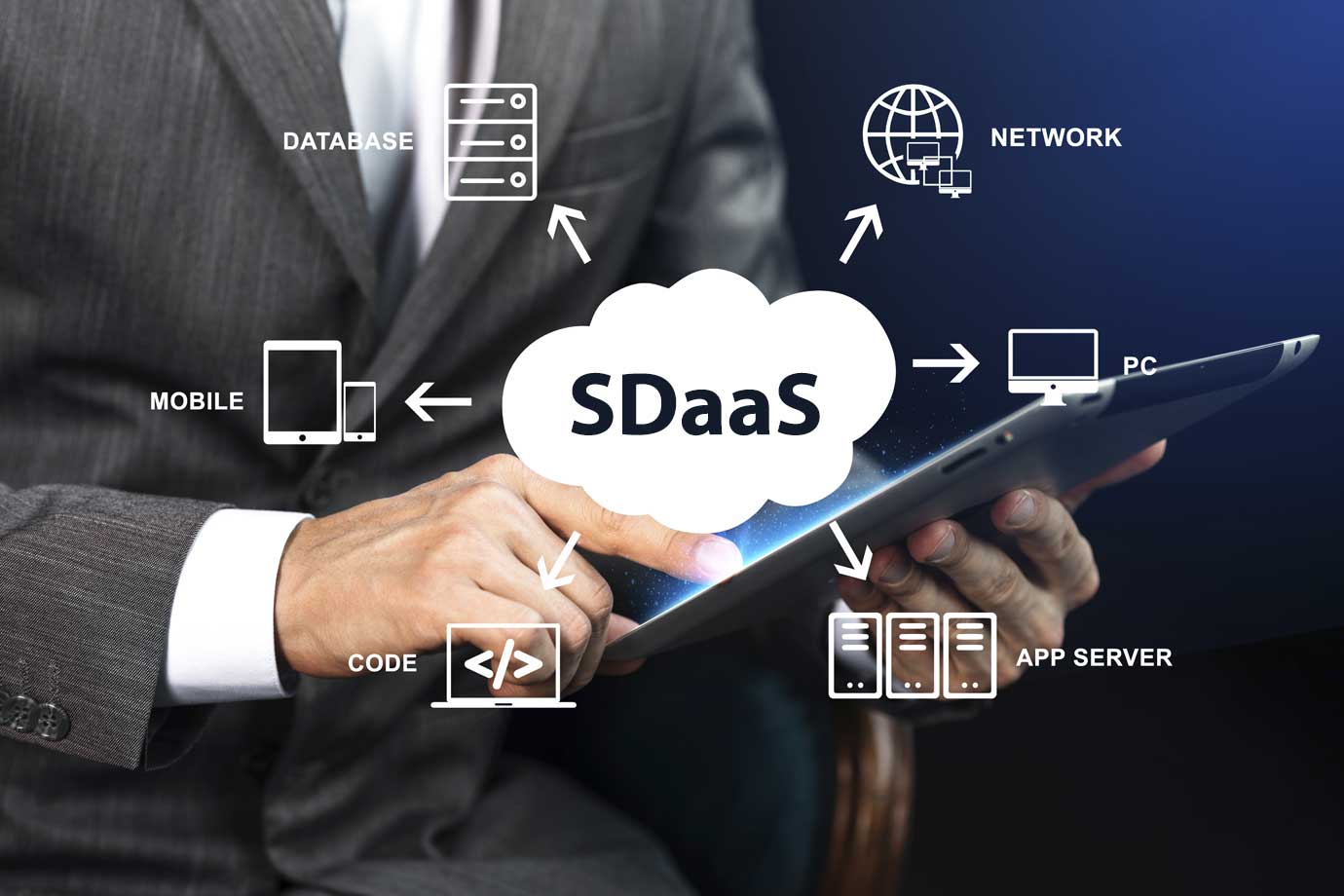Connecting the Dots: Unraveling IoT Standards and Protocols

06 Jan 2025
The Internet of Things comprises a network that connects billions of devices in homes, industries, and cities, developing a sort of smarter ecosystem where everything interacts with technology. Standardization and protocols for IoT are the heart of that wave of transformation, now important for ensuring that that diversity of devices and systems can work together seamlessly. As IoT grows, the importance of sorting through these standards and protocols becomes more pertinent to developers, businesses, and end users alike. Moreover, IoT services like an IoT platform or solution play a significant role in facilitating interactions between devices. This blog takes a profile view into the IoT standards and protocols that focus on their importance, common types, challenges, and their place in future connectivity.
Why IoT Standards and Protocols Matter
IoT aims to create meaningful interactions between gadgets, not just connect them. Imagine a scenario in which your HVAC system and smart thermostat were unable to interact with one another due to their incompatible platforms. This lack of compatibility would hinder the creativity and usability of IoT ecosystems. By creating a common language for devices to interact, IoT standards and protocols solve this problem and guarantee interoperability and dependability across various manufacturers and technological platforms. Furthermore, IoT services and solutions offer the infrastructure required to the effectively implement these standards.
Key Benefits of IoT Standards
Communication:
Standards guarantee smooth communication between devices made by various manufacturers, which lessens ecosystem fragmentation in the Internet of Things. IoT services that control device connectivity and data flow, such as integration platforms and gateways, simplify this procedure.Scalability:
Standardized protocols facilitate the expansion of systems and the integration of additional devices as IoT networks grow. IoT services guarantee seamless scaling without sacrificing efficiency.Security:
Developers can put strong security measures in place to safeguard private information and stop illegal access by following defined standards. By providing safe device management and encryption features, IoT services also improve security characteristics.Efficiency:
Standards enhance performance and energy efficiency by optimizing data transfer and device communication. IoT services are essential for streamlining these procedures and guaranteeing that devices run as efficiently and with the least amount of latency possible.Cost-Effectiveness:
By removing the need for unique solutions for every platform or device, standardized frameworks lower development expenses. IoT services, like consultancy and deployment services, help companies implement these frameworks at a lower cost.
An Overview of IoT Protocols
The protocols of the Internet of Things control network communications, device connectivity, and data transfer. There are three broad categories in the type of such protocols, namely, device-to-device, device-to-cloud, and device-to-gateway protocol. Let's figure out some of the most commonly used Internet of Things protocols:
1. MQTT (Message Queuing Telemetry Transport)
MQTT is lightweight with highly developed publish-subscribe messaging. It has been designed to work on networks with very high latencies and low available bandwidth. It finds extensive application in areas involving the Internet of Things, such as industrialization and smart appliances, where effective communication is vital.
Strengths:
Low power consumption, scalability, and simplicity.Use Cases:
Real-time monitoring systems, home automation, and connected vehicles.
2. CoAP (Constrained Application Protocol)
CoAP was created especially for devices with limited resources. It uses the User Datagram Protocol (UDP) and offers a simple framework for effective communication.
Strengths:
Low overhead, efficient in low-power scenarios.Use Cases:
Smart lighting, environmental monitoring, and wearable devices.
3. HTTP/HTTPS (Hypertext Transfer Protocol)
HTTP and HTTPS, its secure version, are widely used web communication technologies. Despite not being created especially for IoT, they are frequently utilized in IoT systems for data visualization and cloud integration.
Strengths:
Universality and robust security in HTTPS.Use Cases:
Smart dashboards, IoT-enabled web applications, and cloud storage systems.
4. LoRaWAN (Long Range Wide Area Network)
LoRaWAN is an acronym for low-power wide area networks with long-range wide area networking capabilities. It focuses on enabling devices of the Internet of Things to extend their range beyond standard home and office localizations for consumption by cloud or other services.
Strengths:
Long-range connectivity, and low power consumption.Use Cases:
Agricultural IoT, smart metering, and environmental sensors.
5. Zigbee
Zigbee is a low-power, short-range protocol that is frequently used in industrial IoT and home automation applications. Mesh networking, which it supports, improves the connection in settings with numerous devices.
Strengths:
Low power usage and reliable mesh networking.Use Cases:
Smart home systems, security devices, and energy management solutions.
6. Bluetooth Low Energy (BLE)
Bluetooth low energy (BLE) is a variant of Bluetooth technology that is optimized for low-energy usage, which is most suitable for battery-powered IoT devices.
Strengths:
Energy efficiency, widespread adoption.Use Cases:
Wearable devices, health monitors, and proximity-based services.
Wi-Fi
Wi-Fi is a well-established standard for delivering high bandwidth communication and will normally be used for IoT applications requiring real-time data transfer.
Strengths:
High-speed data transfer and widespread availability.Use Cases:
Smart cameras, home automation, and industrial IoT.
IoT Standards and Their Importance
IoT standards specify the rules and requirements that guarantee compatibility and interoperability, in addition to protocols. These standards address topics including security protocols, communication interfaces, and data formats. Several important IoT standards include:
1. IEEE 802.15.4:
A standard for low-rate wireless personal area networks (LR-WPANs), forming the basis for protocols like Zigbee and Thread.
2. OMA Lightweight M2M (LwM2M):
A device management standard that simplifies IoT deployment and maintenance.
3. IPSO Alliance:
Promotes the use of Internet Protocol (IP) in IoT devices, ensuring universal connectivity.
4. Industrial IoT Standards:
Organizations like the OPC Foundation and ISA develop standards for industrial automation and control systems.
Challenges in IoT Standardization
Despite the benefits, achieving universal IoT standards faces several challenges:
1. Fragmentation:
The vast range of use cases for the Internet of Things has resulted in the widespread adoption of proprietary protocols, which has led to challenges with interoperability.
2. Evolving Technologies:
IOT technology is changing rapidly over time, and hence it is difficult to set standards that will last long.
3. Vendor Lock-In:
The manufacturers tend to implement their proprietary solutions, with the purpose of binding the customer to their ecosystem, so the adoption of open standards is severely limited.
4. Security Concerns:
Standardizing security measures without compromising device performance is a complex task.
The Future of IoT Standards and Protocols
The future of the IoT world is going to be one of unifying, scaling, and securing ecosystem-altering agility, according to the reality of changing technologies. Several trends flourishing and shaping the development of standards and protocols for IoT applications:
1. Edge Computing Integration:
With the rise of edge computing, IoT standards will need to accommodate decentralized data processing and decision-making.
2. AI and Machine Learning:
Integrating AI capabilities into IoT devices will require new protocols to handle complex data analytics.
3. Security-First Approach:
As cyber threats increase, standards will prioritize robust security frameworks to protect IoT systems.
4. Collaboration and Open Source:
Industry collaboration and open-source initiatives will play a vital role in establishing universal IoT standards.
Conclusion
The Internet of Things' collection of standards and protocols provides robust security, guarantees efficient operation, and permits continuous communication across various systems and objects. However, to fully realize the potential of IoT, issues like fragmentation and vendor lock-in must be addressed in tandem with the continuous development of IoT technology. Based on open standards and collaborative effort, new applications could make an intelligent future possible, one that transforms industries and improves life by connecting individuals even more.
Knowing more is not just about this understanding but involves people and the challenges in building a smarter world for everyone.
To address these issues and get the company closer to this goal of a completely connected environment, NanoByte Technologies provides cutting-edge IoT solutions. Find out how we can work together to maximize our strengths and spur the creativity required to create updated systems for a better future. Contact us at https://www.nanobytetechnologies.com/ to find out more.
Frequently Asked Questions (FAQs)
1. What challenges exist in IoT standardization?
Key challenges include fragmentation due to proprietary protocols, rapid technological evolution, vendor lock-in, and balancing security with performance.
2. How do IoT standards impact security?
Open-source initiatives reduce fragmentation and proprietary lock-in within the ICT landscape by fostering collaboration, innovation, and the development of common standards.
3. What is the role of open-source initiatives in IoT?
Standards reduce threats in the IoT ecosystem by ensuring that devices have the requisite levels of best practice in data protection, authentication, and encryption.
4. Can IoT devices use multiple protocols?
Yes, many IoT devices support multiple protocols to enhance compatibility and flexibility within diverse ecosystems.
5. How does edge computing influence IoT protocols?
The processing of the data is decentralized with edge computing which needs local real-time decision-making protocols and reduced dependence on the most time-sensitive external cloud services.


.jpeg)
.jpeg)

